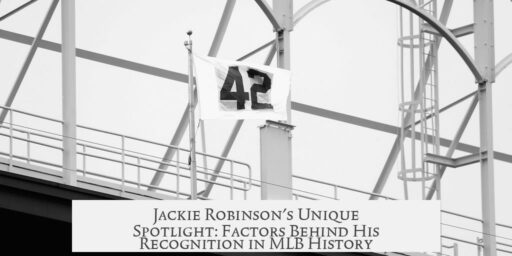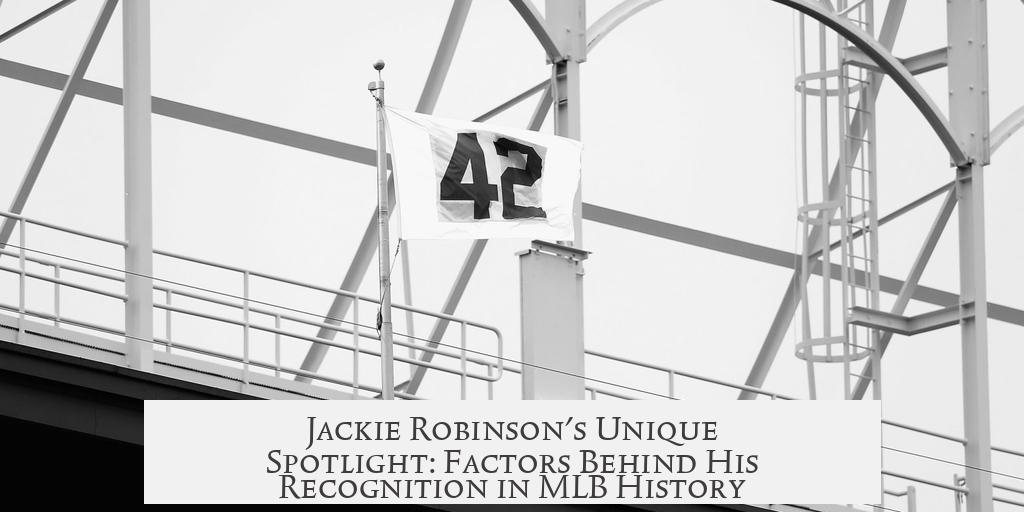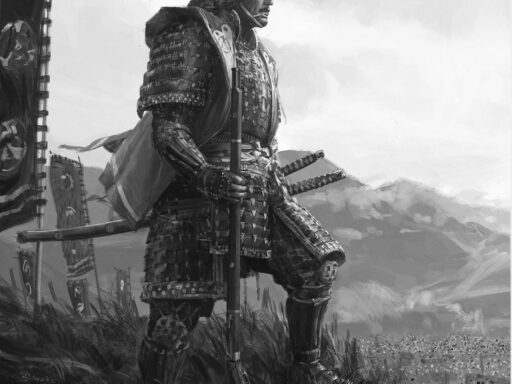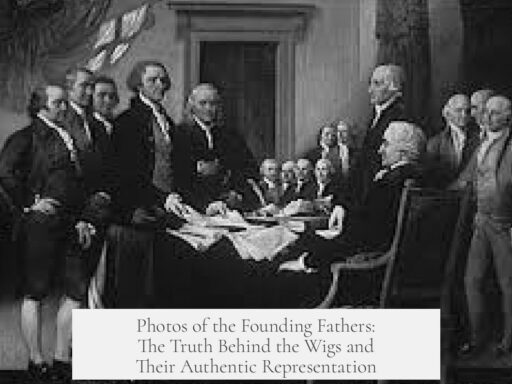Jackie Robinson receives significantly more attention than other players who broke color barriers mainly due to his exceptional skill, playing in a major media market, strong institutional support, and unique historical context as the solitary Black player on the 1947 MLB field. His exceptional performance, backed by strategic efforts and amplified by media, created an enduring legacy few others matched.

Robinson stood out as an exceptional athlete. He won the 1947 Rookie of the Year, the 1949 National League Most Valuable Player, and was selected to the All-Star team for six consecutive years. His career coincided with the Brooklyn Dodgers’ dominance, securing six pennants and the 1955 World Series. This level of achievement made Robinson a focus of attention not only as a racial pioneer but also as one of the best players of his time.
The Dodgers’ presence in New York, the largest media market in the United States, significantly elevated Robinson’s visibility. While other barrier-breaking players participated in smaller markets with less media coverage, Robinson enjoyed broad public and press attention. This media exposure ensured that his story was widely told and remembered.
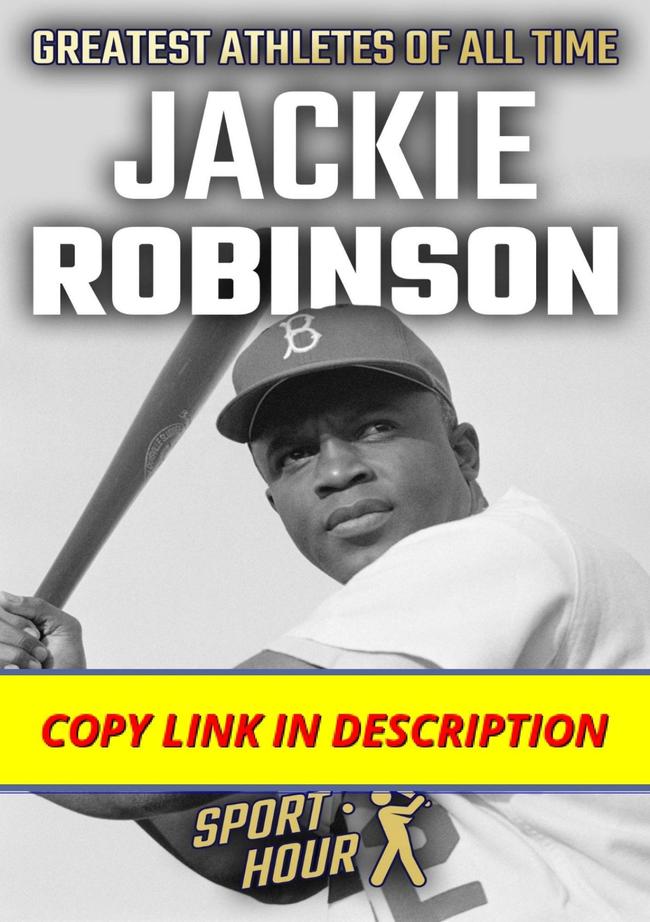
Branch Rickey, the Dodgers’ general manager, played a vital role in Robinson’s success. Rickey carefully prepared Robinson, arranging housing, introducing other Black players to ease his transition, and fostering a supportive environment within the team. His backing was a rare and substantial institutional effort to support a Black player at that time.
Another important factor was the involvement of Wendell Smith, an influential Black sports journalist. Smith traveled with Robinson, ensured positive coverage, and co-authored Robinson’s 1948 autobiography, Jackie Robinson: My Own Story. This collaboration brought Robinson’s personal experience to the forefront, shaping public perception positively and providing an authoritative voice on racial integration in baseball.
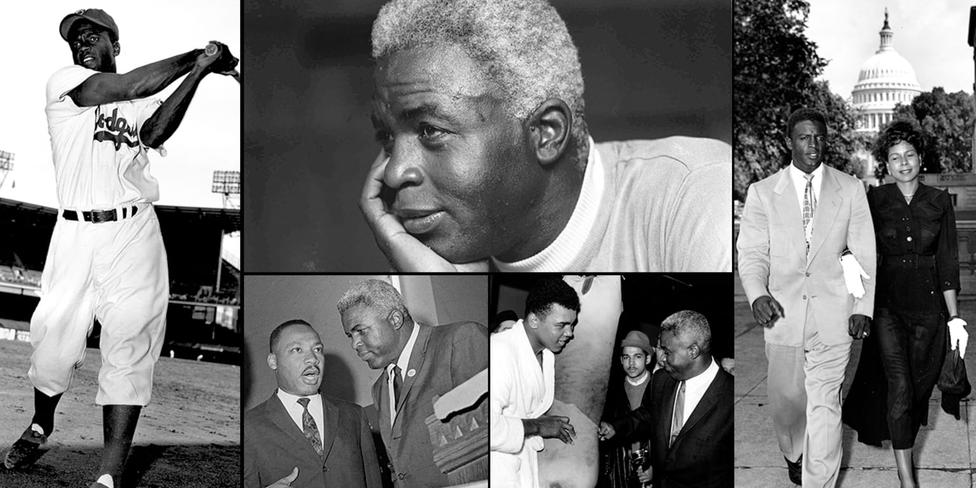
The 1948 autobiography enhanced Robinson’s prominence further. The book quickly gained attention and inspired the 1950 film, The Jackie Robinson Story, where Robinson portrayed himself. This rare film portrayal of a sports figure intensified Robinson’s cultural impact, solidifying his status beyond the baseball field and into broader American popular culture.
Robinson’s unique situation in 1947 stands out sharply. For most of that season, he was the only Black player regularly in the lineup. Other Black players, such as Larry Doby, had limited playing time early on. Robinson faced the intense backlash of racism alone, including booing, racial slurs, threats, and rough on-field treatment. This singular focus made him the public face of baseball’s integration struggle, amplifying his name and story.
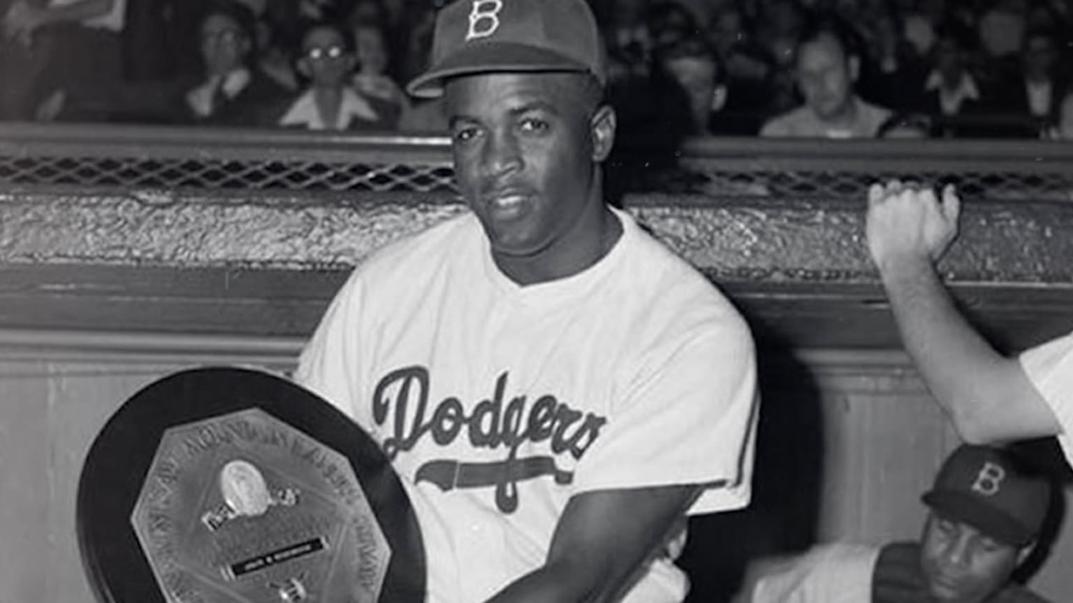
As more Black players joined MLB after 1947—like Roy Campanella, Satchel Paige, Minnie Miñoso, Don Newcombe, Monte Irvin, and Luke Easter—the intense scrutiny and racial antagonism lessened. The presence of multiple Black players diffused the spotlight. While these players also broke barriers, their careers did not receive the concentrated attention Robinson’s did during that pivotal 1947 season.
Robinson’s light skin tone may have also influenced broader acceptance compared to darker-skinned Black or Latino players, who often faced harsher discrimination. Some dark-skinned Latino players gained access to MLB but did not reach Robinson’s level of recognition or media presence.
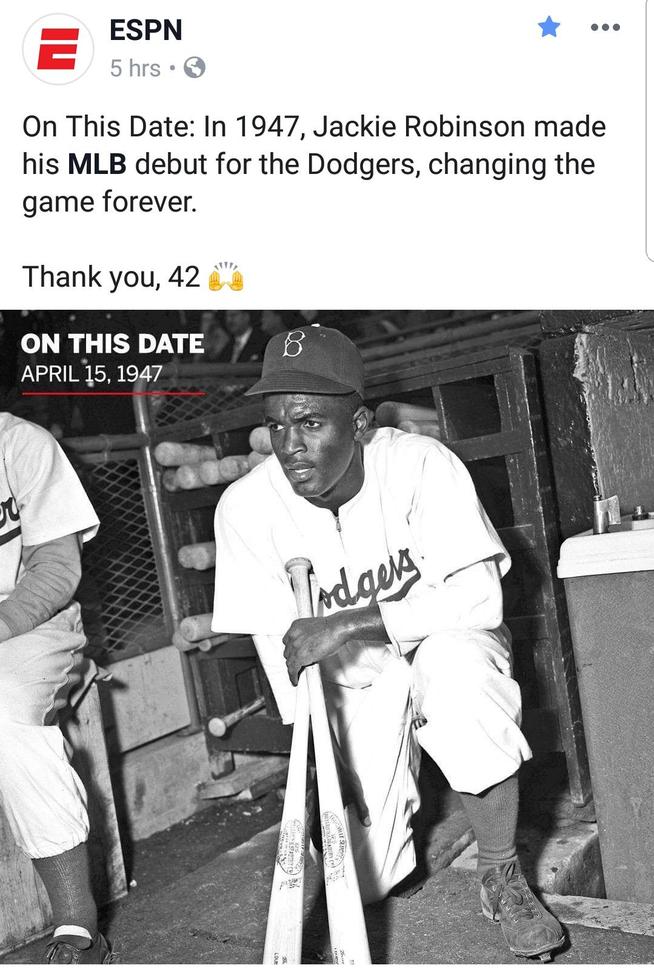
| Factor | Impact on Robinson’s Prominence |
|---|---|
| Exceptional Skill and Awards | Established him as a top athlete, attracting attention beyond race |
| Brooklyn Dodgers/New York Market | Provided unparalleled media exposure in the nation’s largest city |
| Branch Rickey’s Institutional Support | Created a supportive environment, enabling long-term success |
| Wendell Smith’s Media Advocacy | Ensured positive, sustained coverage and shared Robinson’s narrative |
| Autobiography and Film | Amplified cultural impact and public recognition |
| Unique 1947 Solo Black Player Role | Made him the symbolic face of baseball integration |
Many other players who broke color barriers share important legacies but lacked one or more of these magnifying factors. Some entered at older ages or played in smaller cities. Others lacked dedicated advocacy or media platforms. Robinson’s convergence of skill, support, visibility, and timing made his story the defining symbol of baseball integration.
- Robinson’s performance placed him among the best players of his era, attracting attention.
- Playing in New York gave him unmatched media exposure.
- Branch Rickey’s strong backing ensured Robinson was prepared and supported.
- Wendell Smith’s positive media coverage shaped public perception.
- Robinson’s autobiography and film created lasting cultural influence.
- His unique 1947 role as the lone Black player spotlighted his struggle and success.
Why Does Jackie Robinson, the First Black MLB Player, Get So Much More Attention Than Other Players Who Broke Color Barriers?
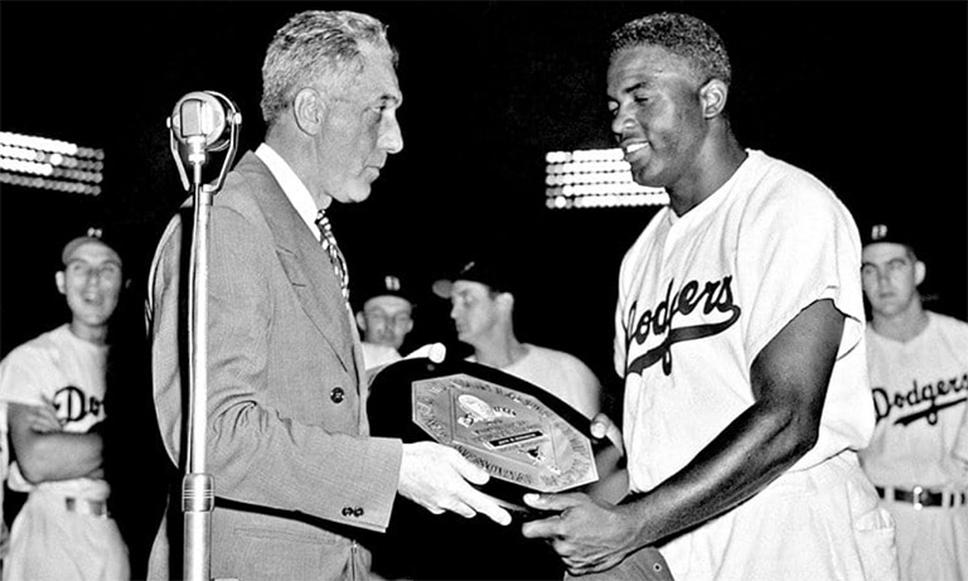
Jackie Robinson receives much more attention than other barrier-breaking players because his unmatched talent, media exposure, strategic support, cultural impact, and historic role as the solo Black player in 1947 combined to create a lasting legend. But that’s just the headline. Let’s dig deeper into this fascinating story.
Imagine breaking into a sport that was, up until that moment, a no-go zone for Black athletes. Robinson did this against fierce opposition. Yet, other players who also crossed racial lines don’t enjoy nearly the same spotlight. Why?
A Complex Web of Race, Skin Tone, and Recognition
Back in the day, skin color shaped players’ opportunities. Light-skinned Latino players like Adolfo Luque slipped into MLB more smoothly than their darker-skinned counterparts. This created a barrier within a barrier. Even dark-skinned Latino stars like Minnie Miñoso relied, in part, on the path Robinson had paved.
Robinson’s visibility wasn’t just about talent—it was entwined with the era’s racial attitudes. His achievement symbolized a larger fight against segregation, but it was also influenced by how society perceived skin tone. Dark-skinned players often remained overshadowed, swimming in Robinson’s enormous wake rather than swimming alongside him.
Exceptional Skill Backed by Records
Skill matters, and Robinson had it. Winning the 1947 Rookie of the Year and the 1949 National League MVP, plus six consecutive All-Star team selections, he set a high performance bar. His team, the Brooklyn Dodgers, clinched six pennants during his tenure, culminating in a 1955 World Series victory.
Other barrier-breakers like Satchel Paige had phenomenal careers, but Paige joined MLB at age 40, long past his peak. Willie Mays, a future superstar, followed Robinson’s footsteps but didn’t eclipse Robinson’s initial impact.
New York Media: A Spotlight Like No Other
Playing for the Brooklyn Dodgers meant playing in the biggest media market—New York City. This gave Robinson exposure others couldn’t touch. A home run in Brooklyn was a story picked up nationwide. Compare this to players from smaller markets, and Robinson’s spotlight shines even brighter.
So it wasn’t only about breaking the color line—he broke it under the glare of the most scrutinizing eyes. Every step he took was front-page news.
Branch Rickey’s Strategic Backing: The Hidden Playbook
Branch Rickey, the Dodgers’ executive, crafted a plan to ensure Robinson’s success. He didn’t just sign Robinson; he supported his transition thoroughly.
- Secure housing for Robinson and his wife
- Bring in other Black players so Robinson wouldn’t feel isolated
- Encourage teammates to support him publicly and privately
- Work closely with journalist Wendell Smith for positive media coverage
This institutional support was rare and pivotal. Robinson wasn’t left to sink or swim alone. It created an environment where his talent—and his story—could thrive.
Wendell Smith’s Role: More Than Just a Journalist
Wendell Smith traveled with Robinson and became a crucial ally. Smith’s articles shaped positive public perceptions. He also collaborated on Robinson’s 1948 autobiography, Jackie Robinson: My Own Story. This wasn’t just sports reporting; it was a narrative-building mission.
Smith’s presence ensured Robinson’s story was told by someone who understood both the game and the social stakes. That’s a big deal when crafting a lasting legend.
The Autobiography and The Jackie Robinson Story Film: Cultural Milestones
The autobiography and the 1950 film The Jackie Robinson Story, in which Robinson played himself, gave fans and the public an intimate look at his journey. Few other players who broke barriers had such media exposure outside the field.
This cultural imprint immortalized Robinson in popular consciousness, making his story accessible and inspirational beyond baseball fans.
A Lone Warrior in 1947: The Weight of Isolation
During 1947, Robinson was often the only Black player on the field. Other Black players like Larry Doby saw limited game time. Robinson played three times as many games as all the other Black players combined that year.
That made Robinson the primary target for hatred, slurs, and threats. He endured heckling and physical hostility without the relief of teammates sharing his experience day-to-day. This solitary front made his struggle uniquely visible and emotionally charged.
Integration’s Growing Roster Diminished Singular Spotlight
After 1947, more Black stars joined MLB: Roy Campanella, Satchel Paige, Minnie Miñoso, Don Newcombe, Monte Irvin, and Luke Easter. The challenges Robinson faced didn’t disappear, but his unique position as the single pioneer softened.
As the league diversified, the historical spotlight spread among many. Robinson’s solo act of courage and performance stands out more prominently because of that first solitary year.
Final Thoughts: A Perfect Storm of Factors
Jackie Robinson’s legendary status arises from a rare combination of social, athletic, and media-centric factors. Without his amazing skills, supportive network, prime market spotlight, personal storytelling, and unique solo struggle, the story wouldn’t have ignited with the same intensity.
Is it fair that some other players get less recognition? Probably not. But understanding the full context explains why Robinson’s name shines brightest when we talk about breaking color barriers in MLB.
Perhaps next time you celebrate Robinson, you might also tip your cap to the many others who helped shift the game and society, even if history wasn’t as kind with the headlines.
